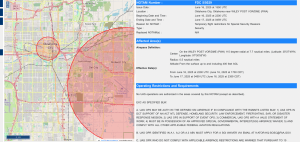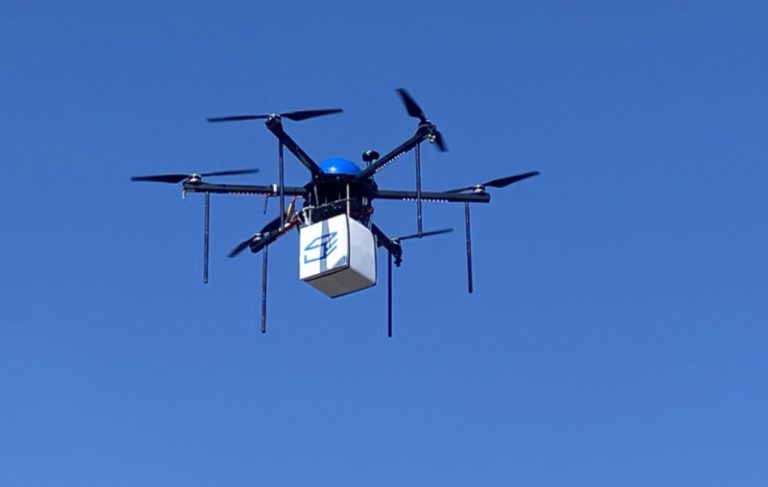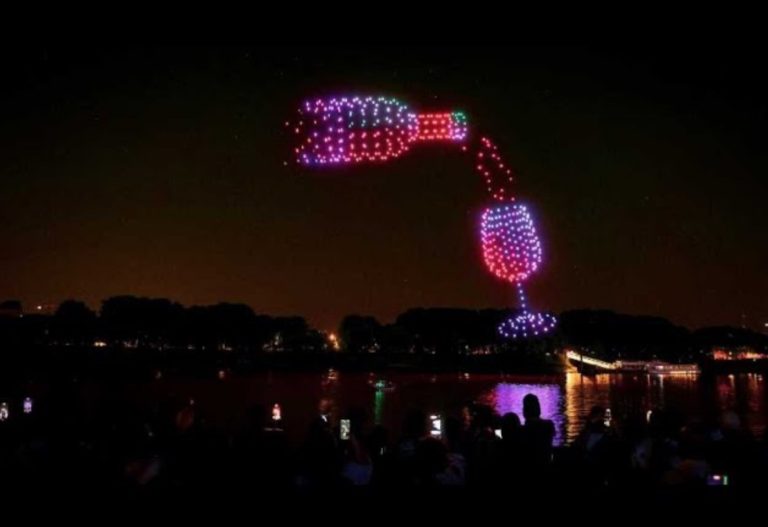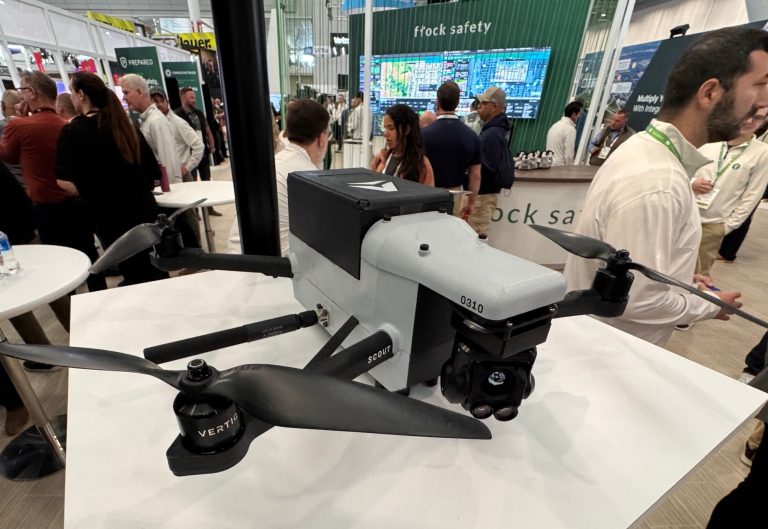On June 23, 2025, Andriy Yermak, a key aide to Ukrainian President Volodymyr Zelensky, announced that Ukraine‘s drone and missile programs are advancing rapidly, promising more “surprises” for Russia following the audacious Operation Spider’s Web, reports The Times. This operation, which targeted Russian airbases, showcased Ukraine’s growing prowess in Drone Technology and its strategic shift toward long-range, high-impact strikes.
Operation Spider’s Web: A Tactical Triumph
Operation Spider’s Web, executed earlier this month, involved smuggling 117 first-person-view (FPV) drones into Russia, hidden in wooden crates disguised as cargo. These drones struck strategic airbases, including Olenya and Belaya, damaging or destroying critical Russian bombers like the Tu-95 and Tu-22M3, which are no longer in production.
Yermak emphasized the psychological and strategic impact, stating, “Every Russian must feel what it is like in constant danger.” The operation’s success, 18 months in the making, highlights Ukraine’s ability to innovate under pressure, using drones to bypass Russia’s air defenses and strike targets up to 2,500 miles from the front line.

Sapsan Missile: A New Threat Emerges
Alongside its drone advancements, Ukraine has begun mass production of the Sapsan short-range ballistic missile, which saw its first combat use last month. With a payload of 1,058 pounds—more than double that of the U.S. Army’s ATACMS—and a speed exceeding Mach 5, the Sapsan can strike targets approximately 185 miles away, with unconfirmed speculation suggesting a range up to 310 miles.
Yermak hinted at its potential, saying, “Things are moving very well. I think we will be able to surprise our enemies on many occasions.” This missile complements Ukraine’s drone strategy, offering a harder-to-intercept option for deep strikes.
Technological Innovation in Drone Design
Ukraine’s Security Service (SBU) engineered the drones used in Spider’s Web, incorporating advanced navigation and protection systems for long-range missions. These quadcopters, carrying heavy payloads, were launched remotely via satellite or internet links, demonstrating sophisticated command-and-control capabilities. The use of AI allowed some drones to follow pre-planned routes when signals were lost, ensuring mission success. This technological leap underscores Ukraine’s rapid adaptation in drone warfare, outpacing Russia’s defenses and setting a new standard for low-cost, high-impact operations.
Industry Trends and Global Implications
Ukraine’s drone and missile programs signal a shift in modern warfare, where affordable, scalable technologies challenge traditional military assets. The $7 billion in estimated damage from Spider’s Web, targeting irreplaceable bombers, illustrates the economic leverage of drones. For the Drone Industry, Ukraine’s innovations could inspire new designs prioritizing range, payload, and autonomy.
However, Yermak’s call for a U.S. weapons package, including air defense systems, highlights Ukraine’s reliance on Western support. “Ukraine is ready to buy a weapons package, air defences in the first place from the United States of America,” he said, noting potential funding from European allies or seized Russian assets.
Challenges and Regulatory Considerations
As Ukraine scales its drone operations, it faces logistical and regulatory hurdles. The heavy Russian drone and missile attacks on Kyiv, including 352 drones in a single strike, underscore the need for robust air defenses. Yermak warned, “It will be very hard to do if at a certain point we don’t have the means.” Internationally, the use of long-range drones raises questions about escalation and airspace sovereignty, potentially prompting tighter regulations on drone exports and deployments. For drone professionals, Ukraine’s experience emphasizes the importance of secure communication systems and anti-jamming technologies.
Ukraine’s advancements in drone warfare, exemplified by Operation Spider’s Web and the Sapsan missile, mark a turning point in its defense strategy. As Yermak stated, “We are definitely good at surprising the world.” These developments not only challenge Russia but also reshape the global drone industry, highlighting the power of innovation in conflict.
Photos courtesy of Military News UA / X

Discover more from DroneXL.co
Subscribe to get the latest posts sent to your email.




















+ There are no comments
Add yours